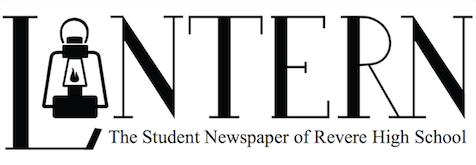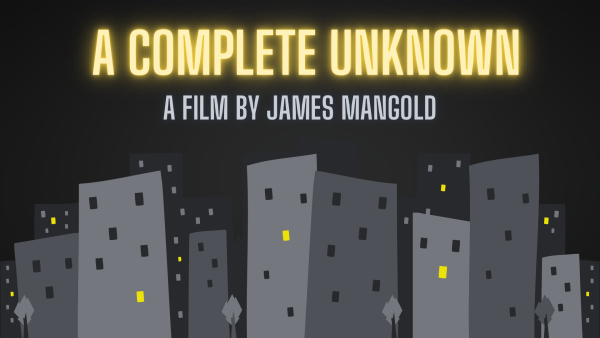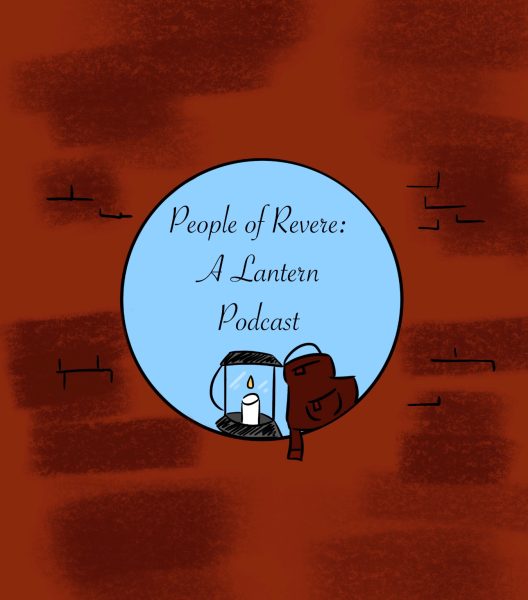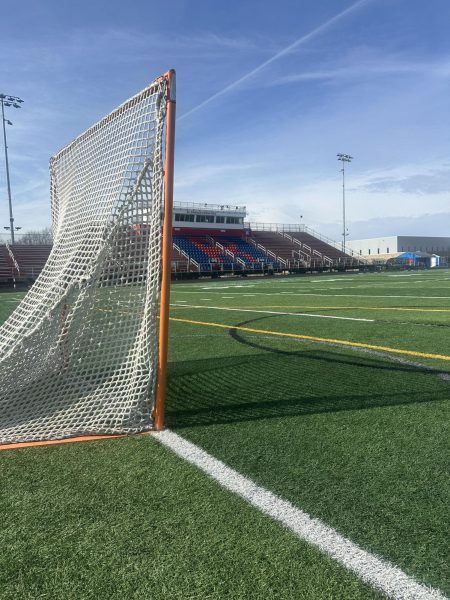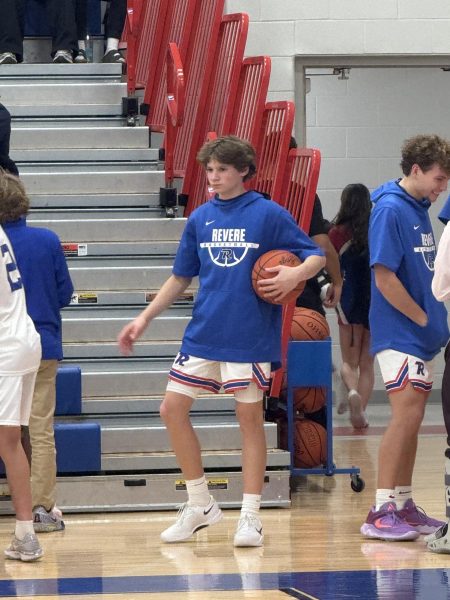Public, private school athletics have differences

Private schools dominated the soccer state playoffs with only two public schools making it to the state championship games in both men’s and women’s soccer (Revere and Chagrin Falls respectively). Neither public school claimed a state title. In fact, the last time a public school won a state championship in either men’s and women’s soccer was 2013. Private schools dominate the fall state playoff brackets in most divisions according to the Ohio High School Athletic Association (OHSAA) website. Private schools doing exceedingly well in the playoffs is most prominent in soccer, volleyball and football, where the playing field does not seem to be level with public schools in the same division.
Private schools have a wider variety of communities from which they can attract not only athletes, but students as well. On the other hand, public schools only have access to the students within their community; however, public schools’ biggest advantage is that they are government funded, while private schools are privately funded, sometimes having their supply of money coming only from the tuition paid by parents or guardians of the students attending that high school. This means that something has to give; some athletic programs will lack in success because the school simply does not have enough money to produce successful programs.
Let us face it, athletic recruiters and/or coaches realize the benefits to winning programs—it is cheap advertising. A private school winning state titles is attractive to the surrounding communities and in turn will bring in aspiring young athletes. When you carry a huge dollar sign in tuition, enrollment is important. In turn, high school athletes cannot demand to be “shown the money” but can be guaranteed a look from Division I and II colleges which offer athletic scholarships that Division III colleges do not if the athlete participates in a reputable program. We see the contrasting reactions of “You play for Revere? Where is that?” versus “You play for St. Ignatius? I’m impressed,” because of St. Ignatius’ reputable athletic programs.
According to data from the National Center for Education Statistics, the average price of a year of private elementary school is $7,770, and the average annual cost of private high school is $13,030. On the other hand, public schools (aside from tax dollars) only have a fraction of what private schools have to pay. Although private school students have to pay a lot for their education, some schools offer scholarships for some students. According to study.com, it is not always impossible for students coming from lower-income families to attend private schools. High-achieving students may be able to earn academic or athletic scholarships to a private high school willing to offer some sort of financial aid. Some, but not every, private school offers sliding-scale tuition to families, allowing parents to pay what they can.
To someone like myself who works hard to hone my athletic ability within a successful public high school athletic program, this dilemma is plain frustrating. Public schools do not have the luxury of selecting the “best of the best” athletes but have the limitation of only the top athletic students who reside in their school districts. Maybe a solution would be to allow all public schools to have open enrollment; this would allow for strong public school programs to attract athletes from a bigger area, just like private schools are able to do. To create a successful program with the current limitations public schools have takes talent and commitment from athletes, coaches and parents. It may take double the time and effort; however, it is rewarding to not only the team but also for the community. A community that does not commute or board its players to an isolated facility. A community that is founded on school pride and legacy because it did what so many doubted it could do. A community that has perpetuated multiple state runs and, to date, one state title. A community like Revere.
